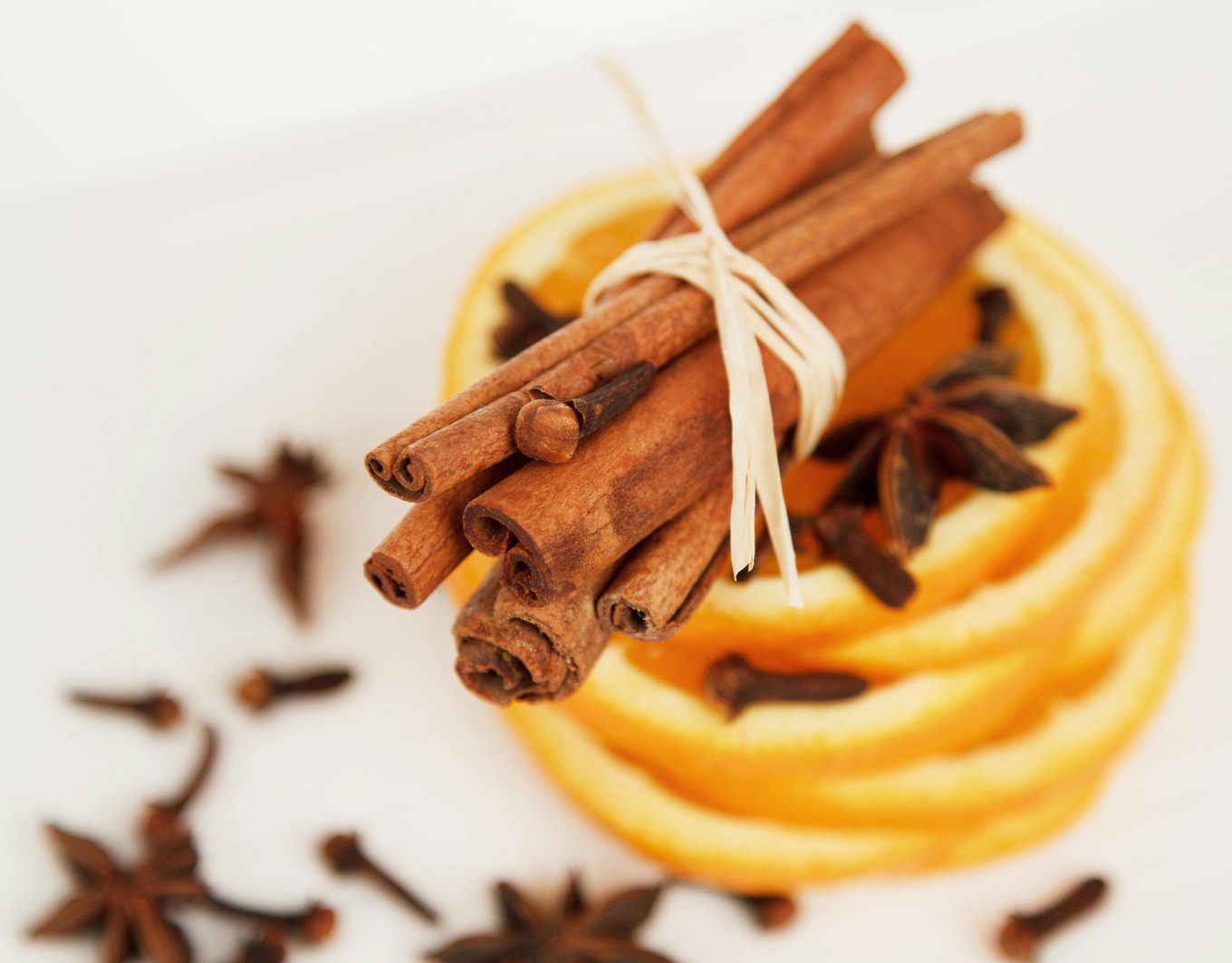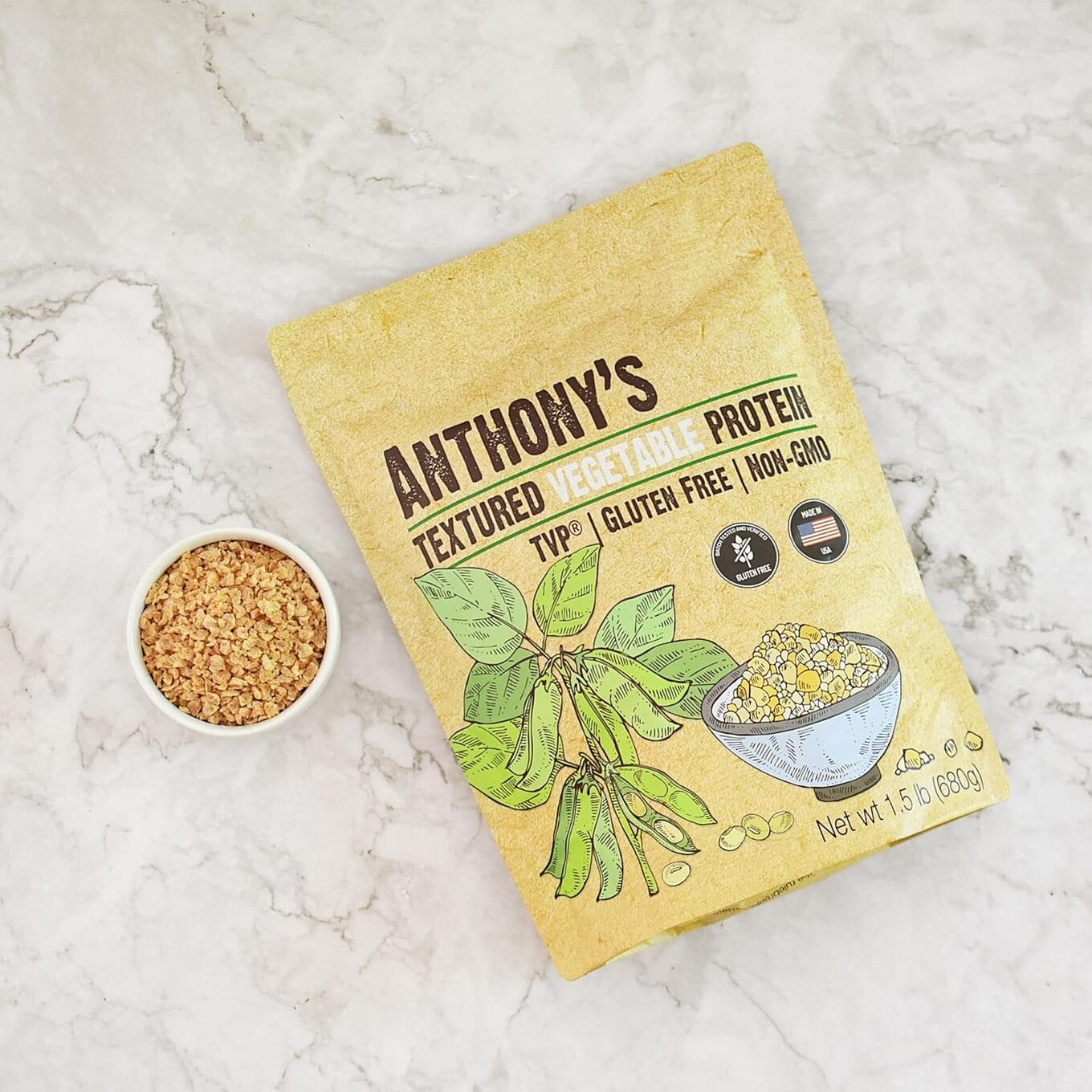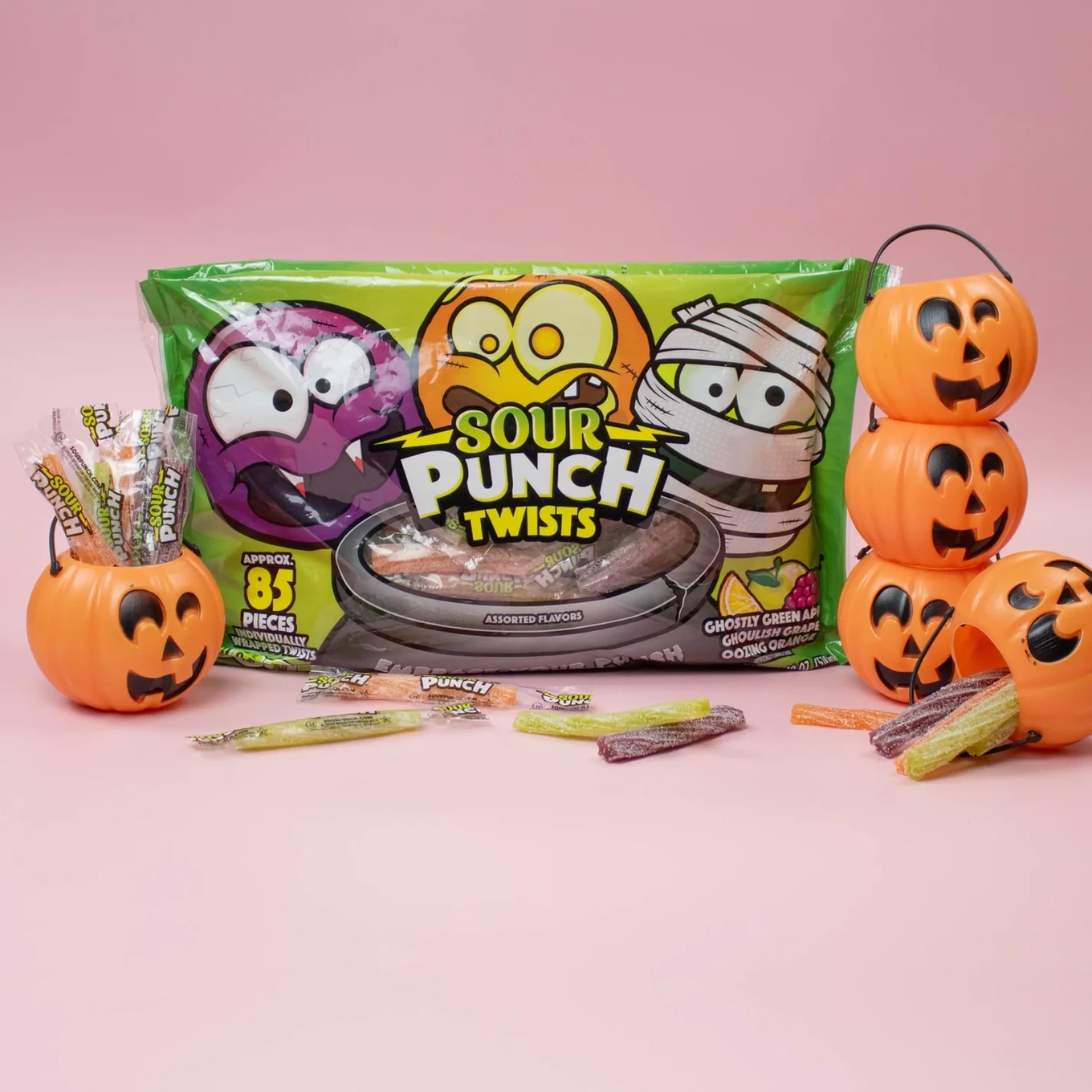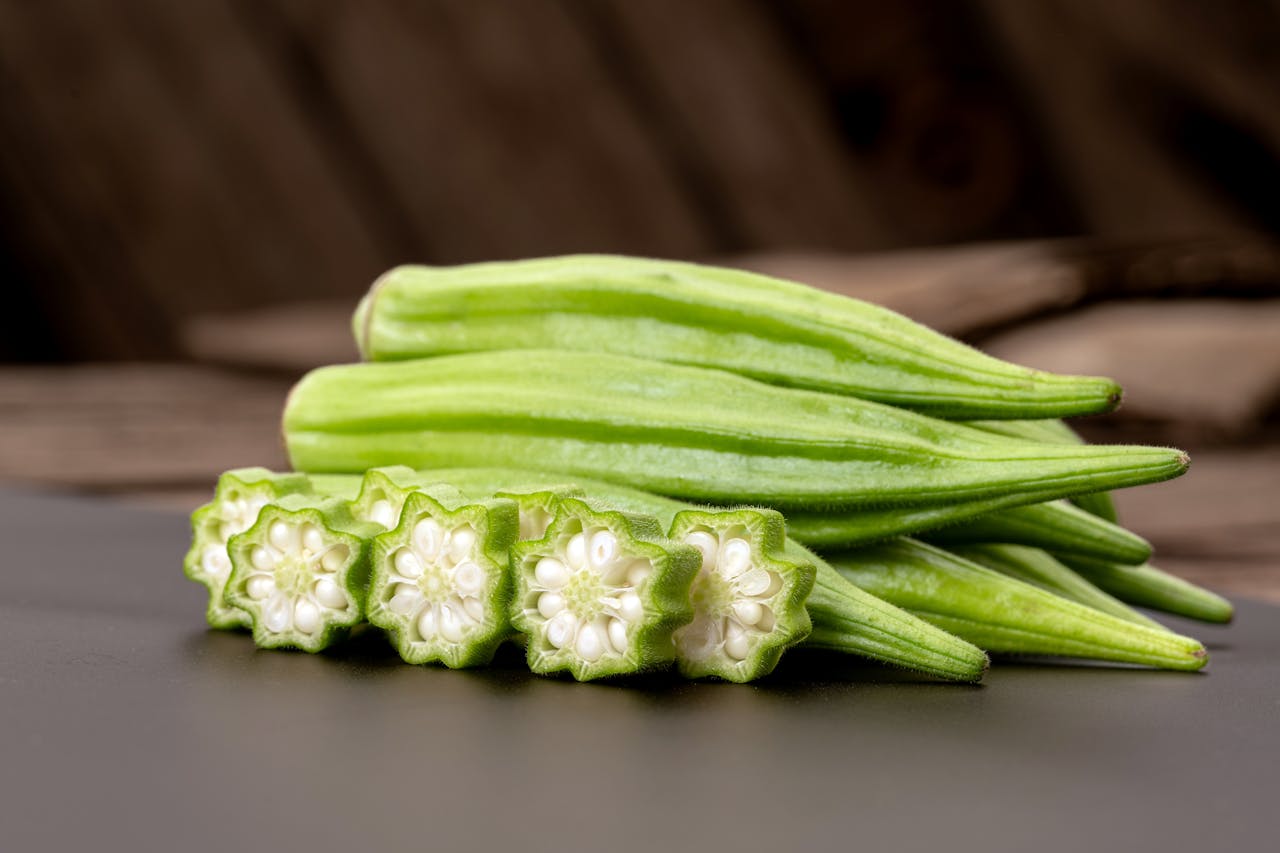Craving a delicious and satisfying meal but don’t have hours to spend in the kitchen? Look no further than this recipe for Flavorful Vegan Thai Peanut Noodles! In just under 30 minutes, you can whip up a mouthwatering dish that is not only quick and easy, but bursting with flavor. This versatile recipe allows you to customize it with any veggies you have on hand, adding a healthy and colorful twist to your meal. With key ingredients like noodles, peanut butter, soy sauce, and Thai red curry paste, you can expect a harmonious blend of sweet, savory, and spicy flavors. Top it off with crushed peanuts, cilantro, and a squeeze of lime, and you have a dish that is sure to please your taste buds. Plus, it’s gluten-free with the option of using gluten-free noodles and soy sauce. Don’t worry about leftovers, as you can store them in the fridge for a few days or freeze them for future enjoyment. So why wait? Get cooking and indulge in this deliciously satisfying dish that will leave you craving for more!
Table of Contents
Ingredients
Noodles
To begin making Vegan Thai Peanut Noodles, you will need noodles as the base of the dish. You can choose any type of noodles – rice noodles, soba noodles, or even whole wheat noodles, depending on your preference. Cook the noodles according to the package instructions until al dente, then drain and set aside.
Peanut butter
Peanut butter is the star ingredient in the sauce for these delicious noodles. It adds a creamy and nutty flavor that perfectly complements the other ingredients. Make sure to use natural peanut butter without any added sugar or oil for a healthier option.
Low sodium soy sauce
Soy sauce adds a salty and umami flavor to the dish. To keep it on the healthier side, opt for low sodium soy sauce. This way, you can control the amount of salt in your recipe without sacrificing taste.
Thai red curry paste
Thai red curry paste is known for its spicy and aromatic flavors. It adds a depth of heat and complexity to the dish. Choose a high-quality brand for the best flavor. If you prefer milder flavors, you can adjust the amount of curry paste to suit your taste.
Roasted salted peanuts
Roasted salted peanuts add a crunchy and salty element to the dish. Crushed or chopped peanuts can be sprinkled on top of the noodles as a garnish, enhancing both the texture and flavor.
Spring onions
Spring onions, also known as scallions or green onions, are used to add a fresh and mild onion flavor to the dish. They can be thinly sliced and sprinkled on top for a pop of color and taste.
Cilantro
Cilantro, also known as coriander leaves, is a herb that adds a refreshing and citrusy flavor to the noodles. Finely chopped cilantro can be used as a garnish to brighten up the dish.
Red bell pepper
Red bell peppers not only add vibrant color to the dish but also bring a sweet and crisp texture. They can be sliced or julienned and stir-fried quickly to retain their crunchiness.
Grated carrot
Grated carrot provides a mild sweetness and adds a beautiful orange hue to the noodles. It also gives the dish a pleasant crunch.
Lime juice
Lime juice adds a tangy and zesty flavor to the noodles. It balances the richness of the peanut butter and adds a refreshing touch.
Preparation
Cooking the noodles
Start by cooking the noodles according to the package instructions. Make sure to cook them al dente, as they will continue to cook when combined with the sauce and flash-fried veggies later.
Preparing the sauce
While the noodles are cooking, prepare the sauce. In a mixing bowl, whisk together peanut butter, low sodium soy sauce, sesame oil, brown sugar, Thai red curry paste, lime juice, minced garlic, and red pepper flakes. Adjust the sauce’s sweetness, spice, and tanginess according to your taste preferences.
Flash-frying the veggies
Next, heat a bit of oil in a large skillet or wok over high heat. Add the sliced red bell pepper and grated carrot to the pan and stir-fry for a few minutes until they are slightly softened but still retain their crunch.
Combining the noodles, veggies, and sauce
Once the veggies are cooked to your liking, add the cooked noodles to the skillet or wok. Pour the prepared sauce over the noodles and veggies, making sure everything is well coated. Use tongs or a spatula to toss the noodles, distributing the sauce and veggies evenly.
Garnishing and serving
To finish off the dish, garnish it with crushed roasted salted peanuts, chopped spring onions, and freshly chopped cilantro. Serve the Vegan Thai Peanut Noodles with lime wedges on the side for an extra burst of citrus flavor.
Step-by-Step Instructions
Step 1: Cooking the noodles
- Cook the chosen noodles according to the package instructions until al dente.
- Drain the noodles and set them aside for later use.
Step 2: Preparing the sauce
- In a mixing bowl, whisk together peanut butter, low sodium soy sauce, sesame oil, brown sugar, Thai red curry paste, lime juice, minced garlic, and red pepper flakes.
- Taste the sauce and adjust the sweetness, spice, or tanginess to your preference.
Step 3: Flash-frying the veggies
- Heat a little oil in a large skillet or wok over high heat.
- Add the sliced red bell pepper and grated carrot to the hot pan.
- Stir-fry the veggies for a few minutes until they are slightly softened but still have a nice crunch.
- Remove the pan from heat and set aside.
Step 4: Combining the noodles, veggies, and sauce
- Place the cooked noodles in the same pan as the veggies.
- Pour the prepared sauce over the noodles and veggies, ensuring an even coating.
- Use tongs or a spatula to toss the noodles, mixing everything thoroughly.
Step 5: Garnishing and serving
- Sprinkle crushed roasted salted peanuts, chopped spring onions, and freshly chopped cilantro on top of the noodles.
- Serve the Vegan Thai Peanut Noodles with lime wedges on the side for an extra tangy kick.
Tips and Variations
Customize with your favorite veggies
You can easily customize the Vegan Thai Peanut Noodles by adding your favorite veggies. Broccoli, snap peas, mushrooms, and spinach are all excellent additions. Be creative with your choices and experiment with different combinations to find your perfect mix.
Make it gluten-free
If you have dietary restrictions or prefer to eat gluten-free, you can use gluten-free noodles and gluten-free soy sauce in this recipe. This option allows those with gluten sensitivities or celiac disease to enjoy this delicious dish worry-free.
Adjust the spice level
To cater to different taste preferences, you can adjust the spice level of the dish. If you enjoy a milder flavor, simply reduce the amount of Thai red curry paste or omit the red pepper flakes. On the other hand, if you love spicy food, you can add more curry paste or red pepper flakes to amp up the heat.
Add protein sources
If you want to incorporate more protein into your meal, consider adding protein sources such as tofu, edamame, or cooked chickpeas to the dish. These options will enhance the nutritional value and make the meal more satisfying.
Storage and Reheating
Storing leftovers
If you have any leftovers, store them in an airtight container in the refrigerator. They will stay fresh for 3-4 days. Make sure to refrigerate the toppings separately to maintain their crunchiness and freshness.
Reheating instructions
To reheat the Vegan Thai Peanut Noodles, simply transfer them to a microwave-safe container and heat them in the microwave until warmed through. Alternatively, you can reheat the noodles in a skillet over medium heat, stirring occasionally until heated to your liking. Add a splash of water or extra sauce if needed to prevent the noodles from drying out. Enjoy!






